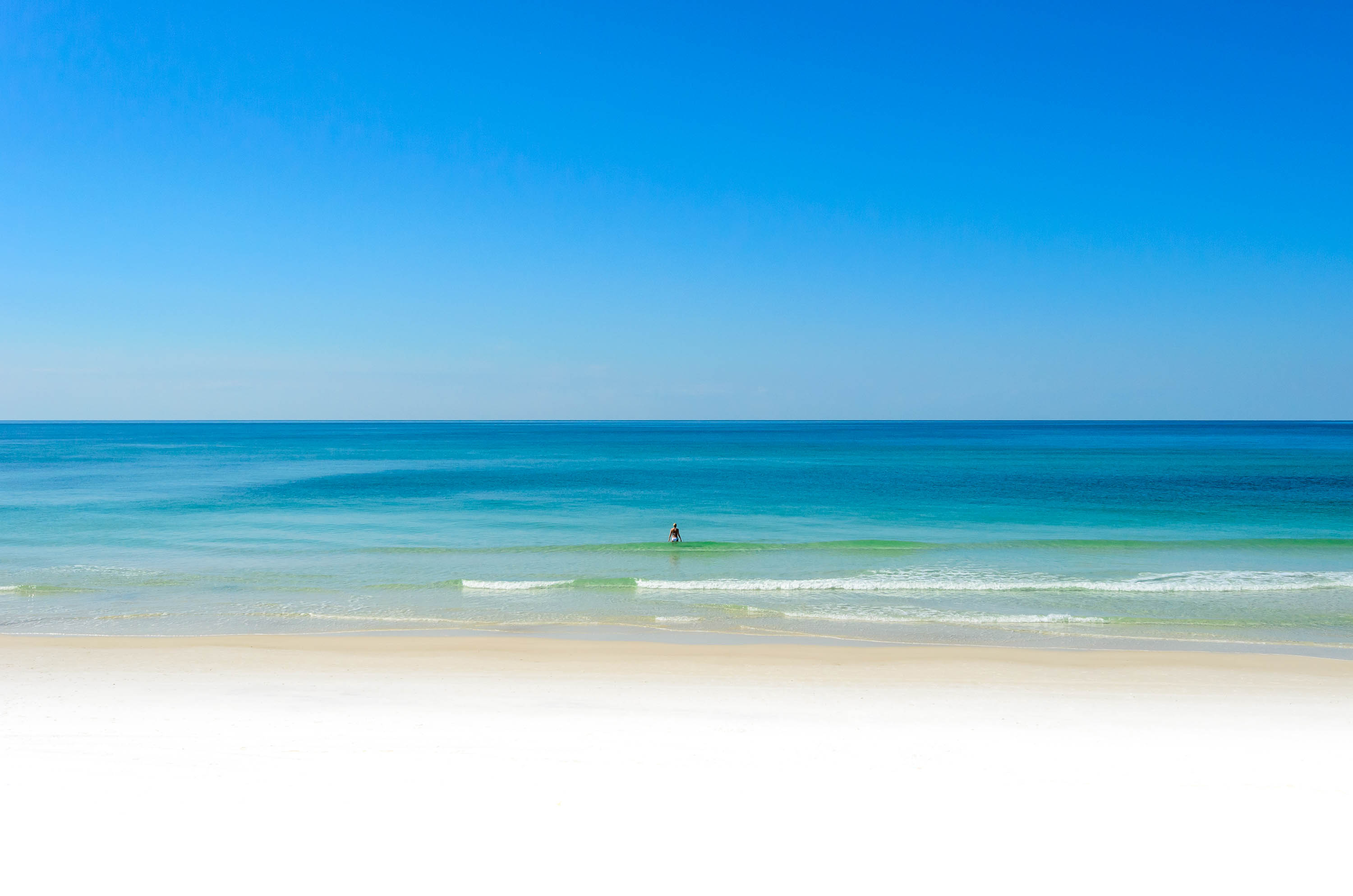I have noticed in several of your recent property VT's that the black sand or "peat" is still very much visible. Any idea how long until the sand is totally white again?


JB said:I have noticed in several of your recent property VT's that the black sand or "peat" is still very much visible. Any idea how long until the sand is totally white again?
JB said:I have noticed in several of your recent property VT's that the black sand or "peat" is still very much visible. Any idea how long until the sand is totally white again?

The thing about groin systems is they basically encourage accumulation at the groin-point by robbing downward areas of sand that would otherwise be pushed there. They've proved this time after time. I wonder how the Rosemary beach and Seacrest folks feel about the effects of the experiment on them.SoWalSally said:Benedict Engineering installed the porous groin system along a 2,000-foot section of Inlet Beach on Nov. 9. Sand accumulates as waves wash through the mesh panels attached to the series of poles that extend into the gulf. The project has added as much as 2 feet of sand in some areas.
lenzoe said:On the re-vegetation plan, according to Mr. Pickle, Walton County is contracting to plant 750,000 sea oat plants along the 13 mile stretch where they've scraped and piled sand already. If you do the math, that works out to a fair number of plants per linear foot.
The dunes aren?t made for walking
March 24, 2005
By Pasha Carroll
A Santa Rosa Beach couple has taken dune restoration into their own hands.
Since Hurricane Ivan hit in September, Stephen and Debbie Holmes have spent their own money to restore the original 10-foot dune in from of their home. Stephen Holmes said he doesn?t know how much he spent as dune restoration is for ?necessary protection.?
?We had one of the highest dunes on the beach,? Debbie Holmes said. ?(In nature) the height would have taken 10 years to be restored.?
?It is important to the whole ecology of animals and protection (to beach homes) in storms,? Stephen Holmes said.
?If another storm came through we would have lost our first floor,? Debbie Holmes said.
While restoring the dunes, the Holmes have encountered a significant obstacle -- keeping people off the dunes.
?It is a natural attraction for kids and adults to roll down dunes and slide down them,? Stephen Holmes said.
To deter those who don?t know about dunes and their restoration, South Walton Tourist Development Council has posted signs to keep people off the dunes. Those signs can also be purchased for $10 and posted by private property owners.
?We are trying to deliver a serious message in a friendly manner,? Stephen Holmes said.
Last Christmas, tourists were sledding down the Holmes? sand dunes, which even now look a lot like snowy slopes in the heart of winter. The Sheriff?s Office had to be called even though signs were posted and the dune was roped off, Stephen Holmes said.
?I don?t like to call the Sheriff. But my God, if they can?t respect the sand dunes and private property I have to,? Holmes said.
Debbie Holmes credited county beach scraping with ?how back-to-normal the beach already is.?
?They have done a phenomenal job,? she said of the county?s efforts to restore the beach and its dunes.
Dune restoration is accomplished, initially, through beach scraping. Thus far approximately $1.3 million has been spent on beach scraping, Brad Pickel, Director of Beach Management, said.
?By the end it will cost somewhere between $1.75 and $1.8 million,? Pickel said.
Money has been appropriated through Federal Emergency Management Agency and state funds, Pickel said. The local cost is paid with TDC taxes. What portion of the final bill to be paid by the county will come down to what is actually covered by FEMA and the state, he said.
Next, what has been scraped will be pushed up on a hill into dunes for the shaping process, Pickel said.
The next step for the Holmes? to restore their once towering dune, said Stephen Holmes, is to plant more sea oats and bring in irrigation water to encourage growth.
?It provides lots of stability for the dunes,? he said.
The Holmes plan to retire in about three years from San Francisco to their Walton County home.
?We are trying to wind the clock backward,? Stephen Holmes said. They have owned their south Walton property for approximately 14 years.



